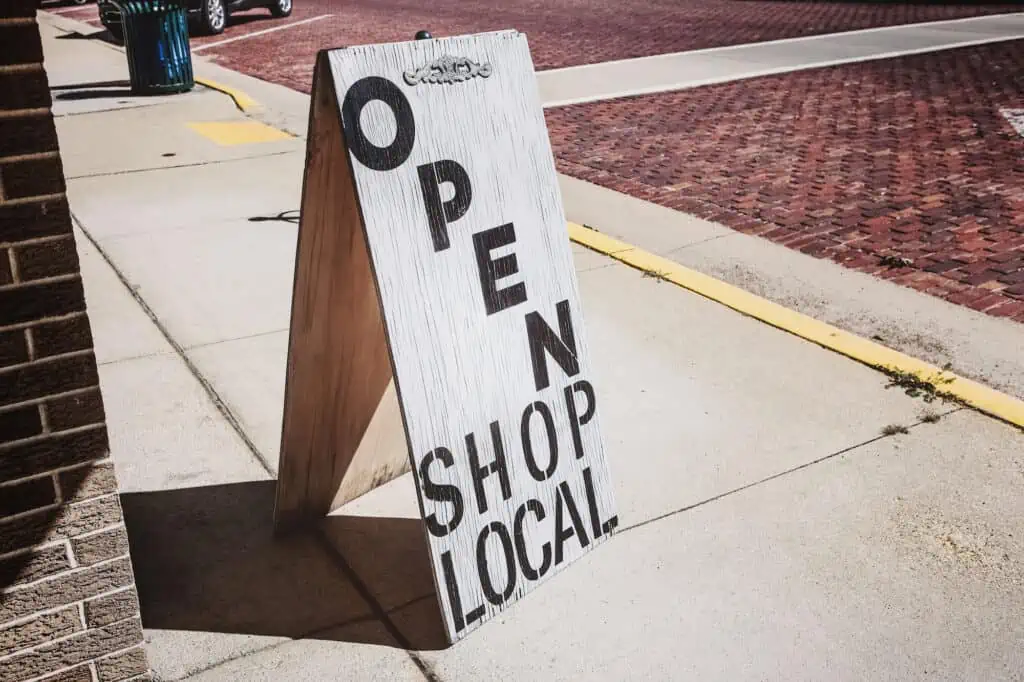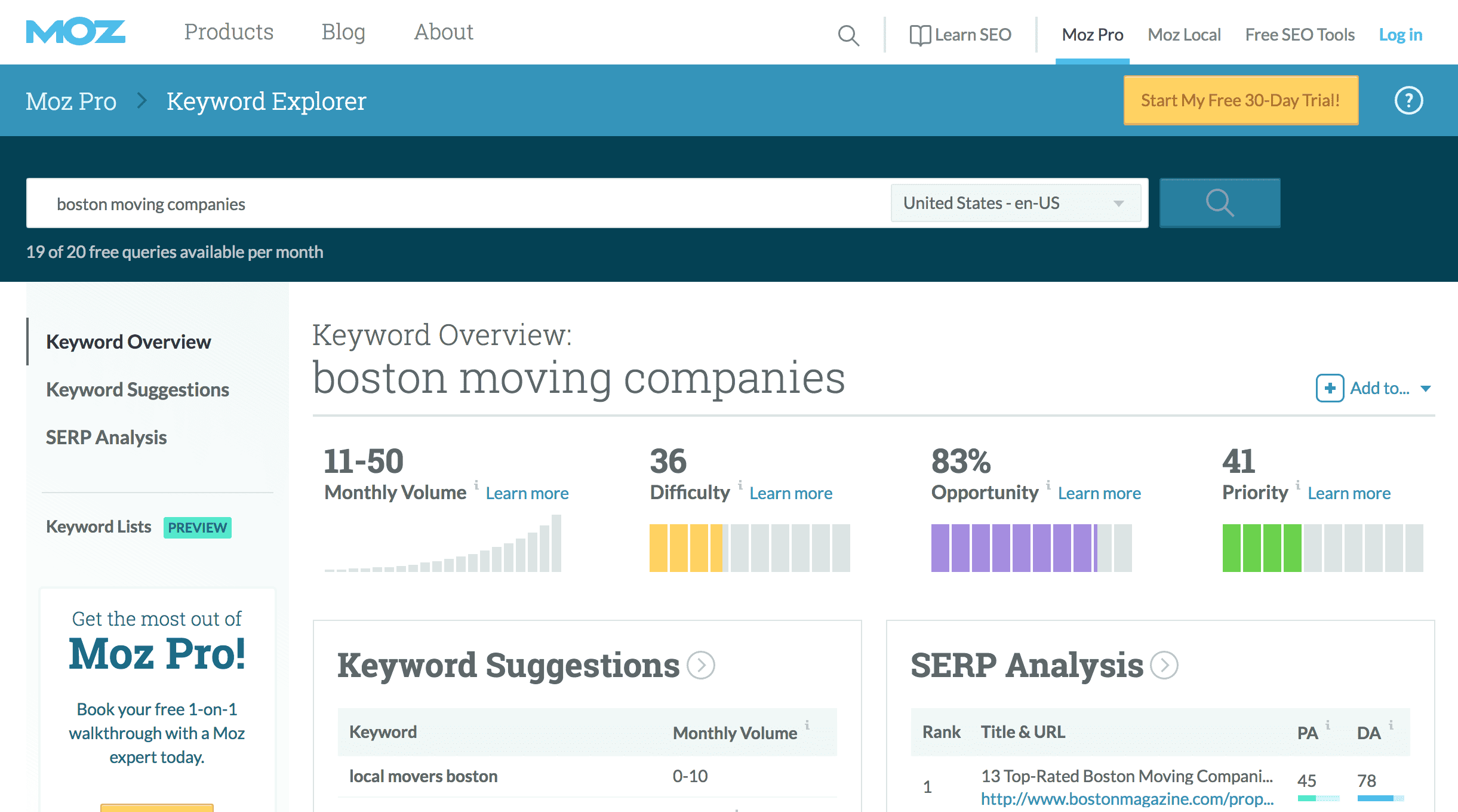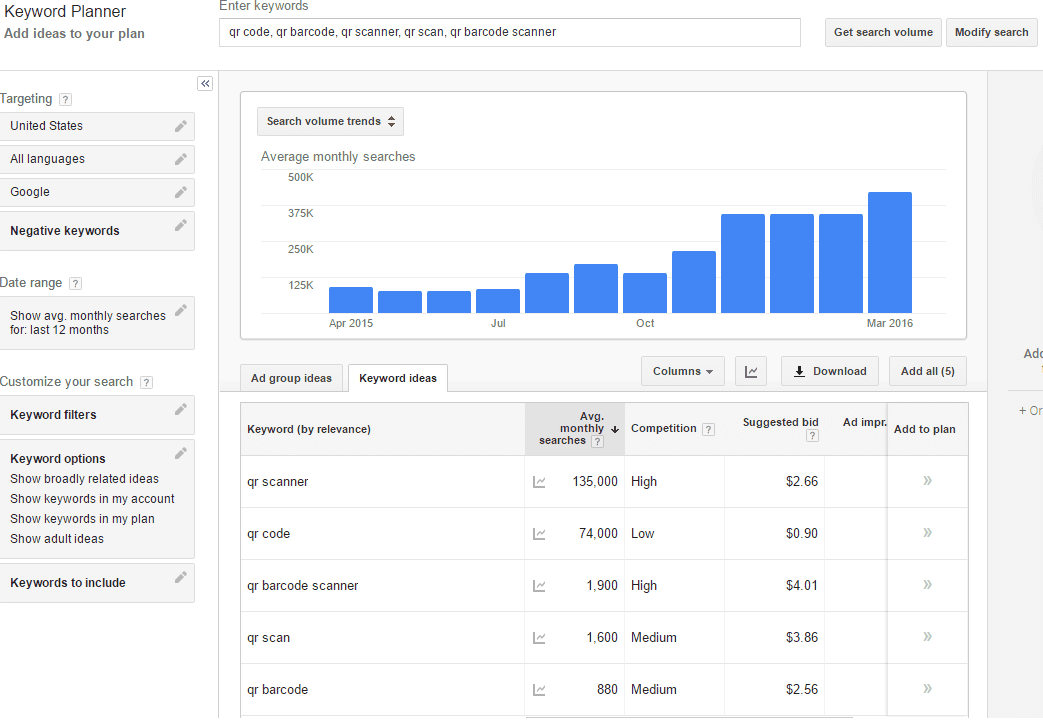Being a professional mover is a tough job, but it’s also incredibly important: About 30 million people in the U.S. move every year. So you might be wondering how you can stand out from the thousands of other moving companies and win over more customers.
There’s no magic amount of marketing dollars that will take you from 0 to digital fame (trust us, we’ve tried!). That said, there are smart, strategic ways you can leverage digital channels to boost your reputation, stand out in a local market to win more clients, and use digital marketing for new leads. Here’s how.
Keep your online profiles current and correct
Step one is making sure that people can find your business online, and that the information listed is accurate and helpful. Your business likely has profiles with services such as Google My Business, Yelp, and more — whether you personally created them or not.
That’s why you should systematically review all of your online profiles and ensure they’re up-to-date:
- Verify contact information and hours are correct
- If there are missing sections, such as an “About” description or space for your website URL, fill those in
- Add your logo to all profiles, which will help increase trustworthiness. (Bonus points if you can add additional photos for your business that express your personality and human side.)
Many of these pages allow customers to leave reviews, which can make or break your business. It’s important to regularly check these reviews and respond to both positive and negative reviews. For customers who had a bad experience, respond politely and promptly, and offer to correct the situation. Future customers will see how you handled the situation and may be swayed toward your services if they know you care about making your customers happy.
List your moving business on marketplace sites
An easy way to get eyes on your business is to sign up with a marketplace site. Tons of customers already browse these sites, so if you list your company on one, you’ll get a lot of exposure. Of course, the process, fees, and services of these sites can vary.
“NAP stands for Name, Address, and Phone number. It’s important to have consistent and accurate NAP information across all of your business’s online profiles, including your website and local business directories.”
One like HireAHelper is completely free — there are no sign-up fees or subscription costs to list your business. Visitors will be able to see your company reviews, prices, and credentials, as well as book you for your service. HireAHelper keeps a percentage of the revenue If you do book a moving gig, but you’ve got a great source of help through every step of the process on top of gaining an easy spot for customers to find your business.
Other marketplace sites might operate differently. They could have sign-up or listing fees, but not have any booking fees. They also might not provide any assistance besides listing your company on the marketplace. It ultimately depends on your own needs, but on the whole, marketplaces are a great start and an easy way to show off your company to a large pool of potential customers.
Get more local business by optimizing SEO
Search engine optimization (SEO) is crucial for making sure that your business website and social profiles can be found easily online. Local SEO, in particular, focuses on optimizing a business’s online presence for localized search queries. The goal of local SEO is to make it easier for people to find a business’s products or services online when they are searching for them in a specific geographic area.
Here are some of the key elements of local SEO to keep in mind:
- NAP consistency: NAP stands for Name, Address, and Phone number. It’s important to have consistent and accurate NAP information across all of your business’s online profiles, including your website and local business directories.
- Google My Business profile: Having a Google My Business profile is crucial for local SEO. This profile provides information about your business, including your NAP information, hours of operation, and photos, and appears in Google’s local search results.
- Local business directories: Listing your business in relevant local business directories can help to improve your visibility and credibility in search engines. Some popular local business directories include Yelp, Yellow Pages, and Superpages.
- Reviews and ratings: Encouraging customers to leave reviews and ratings on your business’s online profiles can help to improve your visibility and credibility in search engines.
- Local keywords: Including local keywords —for example, “Chicago” or “Chicago suburbs”— in your website’s content and metadata can help search engines understand the geographic relevance of your website. This means when people search “movers near me”, and they’re in your area, your website’s visibility will improve in the search results.
Leverage social media to catch customers’ attention
A professional company website is essential for establishing a strong and positive online reputation, which helps you attract and retain customers. In fact, a company’s website is an important part of many consumers’ research process and can be the determining factor for whether or not they trust you enough to do business with you. Some key elements of your website to keep in mind include:
- Clear and transparent information: Provide as many details as you can about your moving business, pricing, and policies. In other words, make it easy for customers to find what they need.
- Professional design: A well-designed and professional-looking website can help to build trust with customers and establish your business as credible and reliable. Half of consumers said that their impression of a brand is dependent on the design of the company’s website, according to a report from Top Design Firms.
- Real people: Instead of using stock imagery, consider including actual photos of your team and business to better connect with customers on a personal level.
- Customer reviews and testimonials: Including customer feedback on your website can also help to build trust.
- Security and privacy policies: Make sure that your website is secure and that you have clear and concise privacy policies in place to protect your customers’ personal information.
- Responsive customer support: Offer helpful customer support through channels such as live chat, email, and phone, and respond promptly to customer inquiries and concerns.
See prices for local moving labor. Read real customer reviews. Easily book your help online.
Social media is another powerful tool for growing your moving business. It’s important to engage with your audience on these platforms by responding to comments and messages, asking for feedback, and sharing content that is relevant and valuable to them. Here are some ideas for incorporating social media into your overall online strategy:
- Stick to one or two channels: You don’t need to become an expert at Snapchat, TikTok, YouTube, and every other social platform that exists. One or two is all you need. Facebook, for example, is great for local businesses and may be all you need, as other platforms require more of an investment in photography or videography.
- Showcase your expertise: Share your knowledge by publishing blog posts, articles, and other content that demonstrates your business’s competence and expertise in your field. Choose a sustainable posting schedule and stick to it (even if it’s just once a week).
- Share customer reviews and testimonials: This can help demonstrate the positive experiences of your satisfied customers (just be sure to get permission first).
- Offer promotions and discounts: Offering special discounts and even simple contests among your social media followers will encourage engagement and build loyalty.
- Be consistent and authentic: Be consistent in your messaging, tone, and content across all of your social media profiles, and be authentic in your interactions with customers.
Perfect your digital customer service
These days, people often prefer to interact with customer service via text rather than speaking on the phone, especially younger generations. Prospective and current customers will appreciate the option to chat with your customer service team, either on your website or through apps such as Facebook Messenger. You can even employ AI chatbots and email autoresponders to keep your response times short. And you don’t need to be a big company with a large budget to offer these options, either.
Some tips to keep in mind when providing online customer service:
- Offer multiple channels for customers to reach you, such as email, live chat, phone, and social media, and respond promptly to all inquiries.
- Clearly communicate your response times for each channel and aim to respond within 24 hours or less, if possible.
- Provide thorough training for your customer service team on your products, services, policies, and procedures, and make sure that they have the necessary tools and resources to provide effective support.
- Personalize your interactions with customers by using their names, being friendly and professional, and actively listening to their concerns.
- Make sure to follow up with customers to ensure they’re satisfied, or if they ran into errors that weren’t caught by the customer service team.
- Continuously monitor and evaluate your online customer service processes and systems, and make improvements where necessary.
Get new leads from paid search and social
Paid advertising can be a powerful tool for moving businesses looking to reach new customers, drive sales, and grow their brand.
There are a lot of benefits to using paid ads. They allow you to reach a specific and targeted audience based on demographics, interests, and behavior. Unlike organic search or social media, paid ads can also deliver results much faster. You can launch a campaign and start seeing results within a matter of hours or days. Plus, it works for many budgets.
“Including local keywords —for example, ‘Chicago’ or ‘Chicago suburbs’— in your website’s content and metadata can help search engines understand the geographic relevance of your website.”
Google is definitely one place to consider setting up paid ads. It has about 92% of the search market share, and people are four times more likely to click Google ads versus those on any other advertising platform. These are the basic steps to get started with Google Ads:
- If you don’t already have one, create a Google Ads account. You’ll need to provide basic information about your business and billing information.
- Decide who you want to reach with your ad and create a target audience using Google Ads’ targeting tools. You can target by demographics, location, interests, and more.
- Select keywords that are relevant to your business and that you want your ad to appear for when people search on Google.
- Choose a daily budget for your ad campaign and set the maximum cost you are willing to pay for each click on your ad.
- Use Google Ads’ ad creation tools to create your ad, including text, images, and a landing page. Make sure that your ad is clear, concise, and relevant to your target audience.
- Once you’ve created your ad, review it and launch it. Google will review your ad to ensure it meets their advertising guidelines.
- Regularly monitor your ad performance, and make adjustments to your targeting, budget, and ad creative as needed to optimize your results.
See prices for local moving labor. Read real customer reviews. Easily book your help online.
Another platform you may want to consider for paid advertising is Facebook. Today, about three million businesses actively advertise here. Here’s how to get set up:
- If you don’t already have one, create a Facebook Ads account. You’ll need to link it to a Facebook Business Page.
- Facebook offers a range of ad objectives to choose from, including brand awareness, traffic, lead generation, and sales. Select the objective that best fits your business goals.
- Use Facebook’s targeting tools to select the audience you want to reach. You can target by demographics, interests, behaviors, and more.
- Set your daily budget and bid for your ad. You can also choose to run your ad for a specific period of time, like for the holidays or a summer sale.
- Use Facebook’s ad creation tools to create your ad, including images, video, and copy. Make sure that your ad is engaging and relevant to your target audience.
- Once you’ve created your ad, review and launch it. Facebook will review your ad and approve it if it meets their advertising guidelines.
Regularly monitor your ad performance, and make adjustments to your targeting, budget, and ad creative as needed to optimize your results.
When there are so many people vying for customer attention online, it can seem overwhelming to try to get noticed. But by following some of these steps, you can make sure your company is not only seen by customers, but trusted by them too!











 Speed.
Speed.